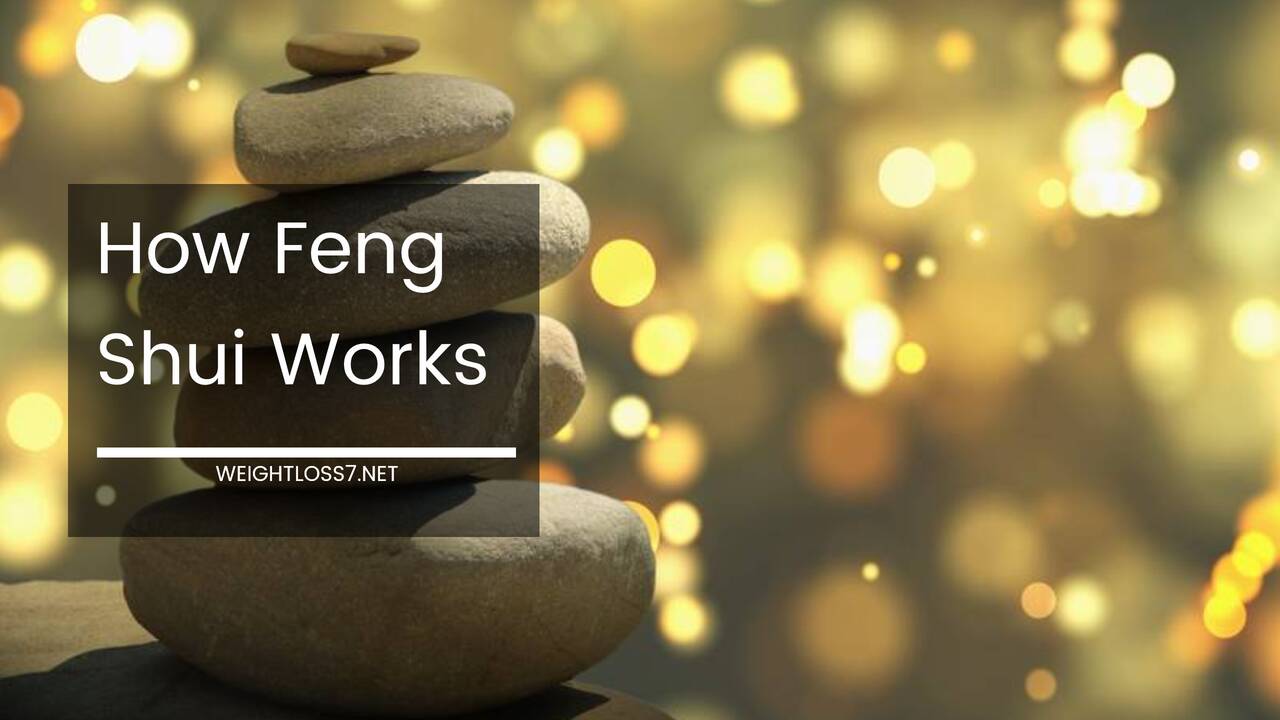How Feng Shui Works

While there is much to be said for Western science, a great deal of ancient knowledge has been lost or overlooked by it.
Scientists are slowly beginning to understand that much ancient cultural knowledge is valuable. Today we find them seeking ancient human knowledge everywhere from the rain forests of Brazil to the vast taiga of Siberia.
Feng Shui is one such ancient practice, long overlooked by Western science. Fortunately, because of the efficacy of the practice itself, many have continued to study it through the millennia, and much knowledge survives today.
The discipline of Feng Shui arose in China some four millennia ago. The idea is to aid well-being by helping individuals recognize ways to live in harmony with their environment, whether that environment is built or natural.
An important concept in Feng Shui is the Chinese concept of “qi,” or “ch’I,” often written in the west simply as “chi.” Chi expresses the mystical force that animates life.
In English, it is often called “energy” or, somewhat more appropriately, “life force,” but there is no direct translation or truly satisfactory expression that describes it. And while chi might be a “life force” it is by no means restricted to life itself.
Other forces give rise to, benefit, or inhibit life in various ways, and these are also part of chi. Living beings interact with objects in the environment, and this interaction is also a component of chi.
Unlike Western science, Feng Shui does not seek to control or even “harness” chi. It seeks only to properly position oneself with respect to chi, such that the benefits chi brings will also be bestowed on the practitioner of Feng Shui.
While a full understanding of Feng Shui requires a deep knowledge and years of study, other aspects are relatively easy to understand.
For example, Western science has now discovered that, as early as six millennia ago, in an early predecessor to Feng Shui, citizens in the Yellow River Valley aligned their dwellings with the directions of the Winter solstice.
This historical example illustrates several important points about Feng Shui and how it works. First, the alignment is beneficial because it enhances solar warming of the buildings during the winter.
This shows that many beneficial considerations of Feng Shui are immediately apparent.
Second, the example demonstrates how physical or non-living forces – the warmth of the sun – interact with people and other objects (the home) to create chi.
The above example also shows how chi is more than just “energy” or “life force.” It is, instead, at the very least, the interaction of what we know as physical energy and life. But, for humans, Chi has psychological aspects as well.
Today, Western science has explained some of the many benefits of Feng Shui. But, like many ancient forms of knowledge, there is yet a great deal for Western science has yet to understand.
Many scientists today are finally seeking to understand ancient knowledge. Fortunately, there are many Feng Shui masters that already understand a great deal.

















